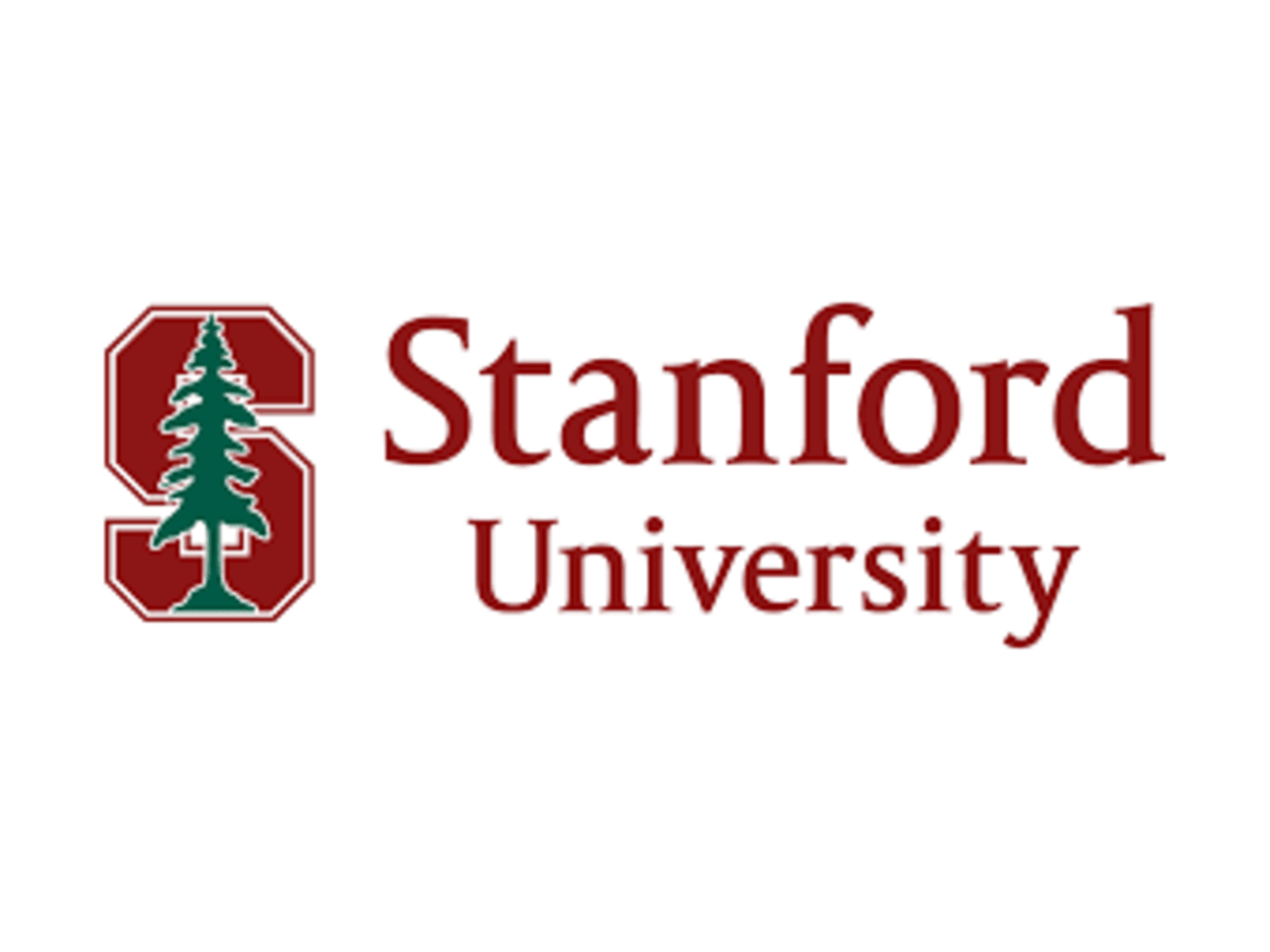10 Virtual Computer Science Research Opportunities for High School Students
Participating in computer science research opportunities for high school students is an excellent way to explore your academic interests, build valuable skills, and connect with experts in your field. These programs offer hands-on exposure to real-world problems, coding practices, and interdisciplinary applications in computer science. Compared to more expensive summer camps or courses, many research internships and virtual mentorship programs are affordable (or free), making them a practical and impactful choice.
Computer science research opportunities for high school students can also boost your college applications by demonstrating initiative, analytical ability, and interest in STEM. Some of the top virtual programs offer mentorship from university researchers, opportunities to work on independent or group projects, and even platforms to publish or present your work.
In this post, we’ve selected 10 of the best virtual computer science research opportunities for high school students, including those hosted by top institutions and research-based organizations. All programs on this list are remote-accessible, meaning you can participate regardless of where you live.
1. Veritas AI
Location: Virtual
Acceptance Rate/Cohort Size: Selective; limited cohort sizes
Program Dates: Multiple 12-15 week cohorts (Spring, Summer, Fall, Winter)
Application Deadline: Multiple deadlines; Summer cohort deadline is May 25. You can apply here.
Eligibility: High school students; Fellowship applicants must complete the AI Scholars program or demonstrate prior experience with Python/AI
Cost: AI Scholars: $2,290, AI Fellowship: $5,400, and Combined: $6,900; Financial aid available
Veritas AI offers computer science research opportunities for high school students interested in artificial intelligence, data science, and machine learning. Founded by Harvard graduate students, it provides both foundational learning and advanced research opportunities. The AI Scholars program is a 10-session boot camp that introduces core concepts in AI, including neural networks, computer vision, and ethical AI.
If you have prior experience, the AI Fellowship offers 1:1 mentorship with top researchers and ends in an independent AI research project. You will receive guidance on publication and can submit your work to high school research journals. Both programs emphasize flexibility, mentorship, and practical experience.
2. Stanford AIMI Summer Research Internship
Location: Virtual
Acceptance Rate/Cohort Size: Highly selective; ~25 students
Program Dates: June 16 – June 27
Application Deadline: December 9 – February 28
Eligibility: U.S. citizens in grades 9-12; Must be 14+ years old; Applicants with strong math or computer programming skills or experience with a healthcare project are preferred.
Cost: $850 + $40 application fee (financial aid available)
Hosted by the Stanford Center for Artificial Intelligence in Medicine and Imaging (AIMI), this two-week virtual internship explores the role of AI in modern healthcare. The program introduces you to machine learning applications in diagnostics, medical imaging, and clinical decision-making.
You can work on group projects involving tasks like training ML models to detect medical tubes in X-rays and analyzing healthcare datasets. You will also attend coding workshops, career panels, and an AI in Medicine Boot Camp led by Stanford researchers. The internship concludes with a Certificate of Completion and the potential for extended research opportunities.
3. Lumiere Research Scholar Program
Location: Virtual
Acceptance Rate: Highly selective
Program Dates: Multiple cohorts in a year; Summer Cohort I starts on June 2; Summer Cohort II starts on July 14
Application Deadline: Varies by cohort; Summer Cohort I deadline is May 11; Summer Cohort II deadline is June 23. You can apply here.
Eligibility: High school students with a GPA of 3.3 or higher
Cost: $2,990 (12 weeks) and $5,900 (16-20 weeks); Financial aid available
The Lumiere Research Scholar Program offers computer science research opportunities for high school students interested in conducting personalized, one-on-one research with a PhD mentor in a field of their choice, including computer science, engineering, and related disciplines. Over 12 to 20 weeks, you will develop an original research paper with guidance on research design, literature review, and academic writing. The structure closely mirrors that of college-level research experiences. Weekly mentor meetings, academic support, and flexible scheduling make this program ideal for students looking to explore research deeply while balancing other commitments.
4. SPARK Summer Mentorship Program
Location: Virtual, with optional events in Greater Seattle, WA
Acceptance Rate: Highly selective
Program Dates: May – August (8-12 weeks, depending on project)
Application Deadline: April
Eligibility: U.S. high school students in grades 9-12; Priority for Seattle-area applicants
Cost: Free
SPARK SMP is an intensive, project-based virtual mentorship program that connects high school students with mentors from academia and industry in fields like machine learning, AI, and data science. Over 8-12 weeks, you will work on 1-5 advanced technical projects that align with your interests. Previous examples include disease detection, predictive analytics, and quantum modeling.
The selection process is rigorous and includes essays and interviews, ensuring strong alignment between mentees and mentors. The program emphasizes collaborative problem-solving, technical upskilling, and exposure to cutting-edge technologies, preparing students for research competitions and university-level work.
5. George Mason University – Aspiring Scientists Summer Internship Program (ASSIP)
Location: Remote, hybrid, or in-person at George Mason University, Fairfax, VA
Acceptance Rate: Competitive
Program Dates: June 18 – August 8
Application Deadline: February 2
Eligibility: Must be 15+ by start (remote); 16+ for wet-lab track (in-person or hybrid)
Cost: $25 application fee (Can be waived based on financial need)
ASSIP gives high school students a chance to work with George Mason University faculty on real-world STEM research in both in-person and virtual formats. In the remote track, you will work on topics like natural language processing, earth observation, and deep learning, while hybrid and in-person participants may explore computer lab and wet-lab experiences.
Over eight weeks, you will engage in hands-on learning and sharpen skills in coding, scientific communication, data analysis, and problem-solving. As one of the best computer science research opportunities for high school students, this highly regarded program has helped students publish work and compete at science fairs, and includes mentorship from researchers using state-of-the-art tools and technology.
6. Girls Who Code
Location: Virtual
Acceptance Rate: Selective
Program Dates:
SIP Session 1: July 7 – July 18 and
SIP Session 2: July 28 – August 8
Pathways Program: Self-paced over six weeks
Application Deadline: April 11
Eligibility: Female or non-binary students in grades 9–11
Cost: Free; $300 stipend available for students with financial need
Girls Who Code offers two enriching virtual experiences for high school students: the Summer Immersion Program (SIP) and the Self-Paced Pathways Program. In SIP, you will engage in a two-week, live, project-based curriculum that introduces you to Python, HTML, CSS, JavaScript, and key skills in UX/UI design, web development, and game creation. You’ll also benefit from mentoring by industry professionals and connections to a nationwide alumni network. If you’re looking for more flexibility, the Pathways Program lets you explore specialized topics such as AI, data science, and cybersecurity at your own pace over six weeks. Both tracks are designed to build technical skills and confidence, helping to close the gender gap in tech.
7. Stanford AI4ALL
Location: Virtual
Acceptance Rate: Highly selective; ~32 students
Program Dates: June 18 – July 2
Application Deadline: December 9 – January 24
Eligibility: Current 9th graders and rising 10th graders; Must be 14+ by program start; Applicants with math or computer skills are preferred.
Cost: $4,000; Financial aid available
Stanford AI4ALL is a highly selective two-week virtual summer program focused on broadening access to artificial intelligence education. Targeted at underrepresented students, the program provides an introduction to machine learning, computer vision, robotics, medical AI, and NLP, with a strong emphasis on ethical development.
As a participant, you’ll work on research projects guided by Stanford faculty and graduate mentors, and participate in career development workshops and Q&A sessions with industry professionals. This program is one of the top computer science research opportunities for high school students; it highlights real-world applications and includes prominent guest speakers from academia and industry.
8. The Coding School: Summer Research Program with Columbia University
Location: Virtual
Acceptance Rate: Highly selective
Program Dates: 5 weeks; July to August (tentative)
Application Deadline: Rolling basis
Eligibility: Rising 10th-12th graders and recent high school graduates
Cost: $3,995 (based on previous years); Limited need-based scholarships available
Columbia University’s Summer Research Program offers some of the best computer science research opportunities for high school students. As a participant, you’ll get the chance to become a research assistant in the field of data science—one of today’s most in-demand disciplines. You will work alongside Columbia professors and PhD candidates, contributing to real-world research across areas like medicine, sports, and social science.
You will engage in tasks, such as data cleaning, visualization, web scraping, and programming in R, while also learning how to develop a research question and present your findings. The program ends in a final presentation and provides a certificate upon completion. It’s designed to help students become confident in research design and data-driven thinking.
9. ASPIRE – Johns Hopkins University Applied Physics Laboratory
Location: Virtual or in-person at Johns Hopkins APL, Laurel, MD
Acceptance Rate: Approximately 10%
Program Dates: June 24 – August 21
Application Deadline: January 1 – February 15
Eligibility: High school juniors and seniors (15+) with a minimum 2.8 GPA; Must be permanent residents of the Washington-Baltimore area
Stipend: Unpaid
The ASPIRE program offers high school juniors and seniors the opportunity to conduct hands-on STEM research in areas such as computer science, cybersecurity, engineering, and applied mathematics. You will be paired one-on-one with researchers, engineers, or scientists at Johns Hopkins APL to contribute to real-world projects, some of which have even gained attention from organizations like NASA.
The program emphasizes both technical skill-building and professional development, offering access to cutting-edge labs, tools, and mentorship. You will work in collaborative, team-based settings and develop key competencies in problem-solving, communication, and project management.
10. NASA GeneLab for High Schools (GL4HS)
Location: Remote
Acceptance Rate/Cohort Size: Not selective; Aims to enroll 800 students
Program Dates: June 2 – August 29
Application Deadline: April 9
Eligibility: High school juniors and seniors (16+ by December 31) with a GPA of 3.0+; Should have completed high school biology
Cost: Free
NASA’s GeneLab for High Schools (GL4HS) is a 12-week virtual program that immerses you in the world of space biology, bioinformatics, and omics-driven research. Throughout the program, you will examine how microgravity affects living organisms and use real NASA data to generate research-driven solutions. You will gain hands-on experience in data analysis, statistical modeling, machine learning, and algorithm development, all framed within the context of space research. In collaborative teams, you'll propose innovative experiments and compete for a chance to present your work at the American Society for Gravitational and Space Research (ASGSR) conference. The program culminates in a Capstone Project, where you'll earn a certificate by presenting your research proposals.
Image Source - Stanford University Logo

